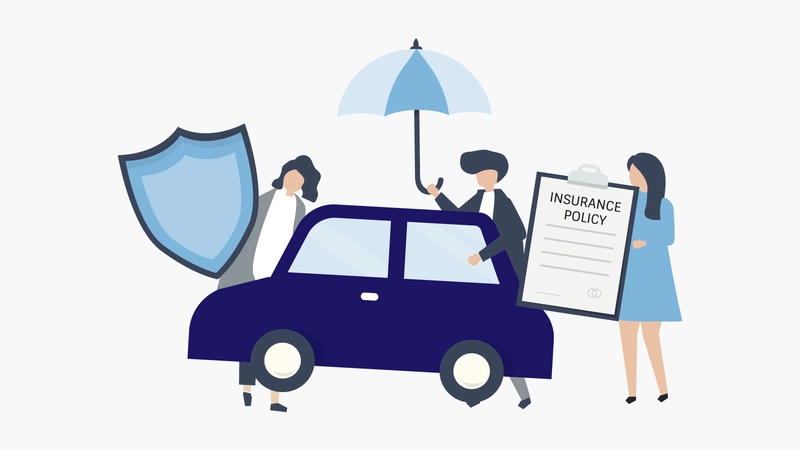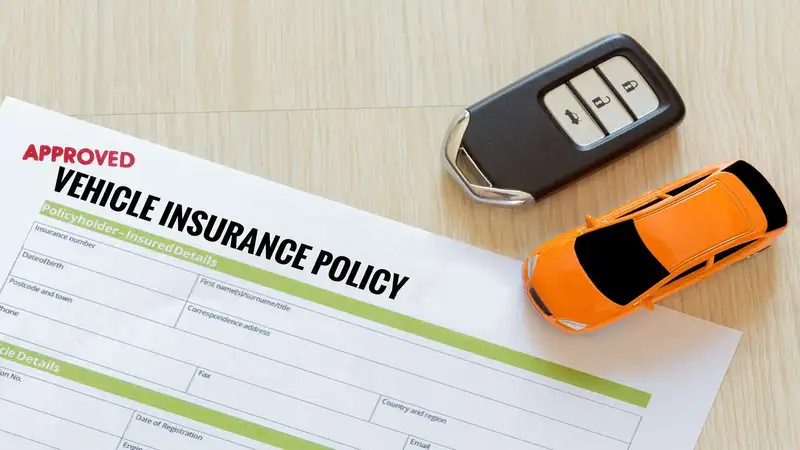Optimizing Auto Insurance Premiums: Top Influences
Securing a good deal on auto insurance doesn’t need to be complex. Understanding key factors can lead to significant savings. Are you ready to take control of your auto insurance rates?

For many drivers, car insurance is one of the more costly expenses associated with vehicle ownership. However, by understanding the factors that influence auto insurance premiums, it is possible to make strategic choices that can help lower the cost. This article will delve into the top influences on auto insurance premiums and offer insights into how you can optimize them for better rates.
1. Driving Record
An individual's driving history is one of the most significant factors insurers consider when determining premiums. A clean record with no accidents or traffic violations suggests to insurers that you are a low-risk driver, which typically results in lower premiums. Conversely, a history of infractions or accidents can lead to higher rates.
Optimization Tip: Maintain a clean driving record by following traffic regulations and driving cautiously. In some instances, you may also participate in defensive driving courses that can help negate minor infractions.
2. Credit Score
Many insurers use credit scores as an indicator of a driver's reliability and the likelihood they will file a claim. Generally, a higher credit score can help you secure lower insurance rates.
Optimization Tip: Improve and maintain good credit by paying bills on time, reducing debt, and regularly checking your credit report for inaccuracies.
3. Age, Gender, and Marital Status
Statistical data informs insurers that certain demographics, such as young and inexperienced drivers or male drivers, present a higher risk, often resulting in higher premiums. Married drivers sometimes receive lower rates due to perceived stability.
Optimization Tip: While you can't change these personal attributes, staying aware of how they impact your premiums can help prepare you for rate adjustments over time.
4. Vehicle Make and Model
The type of vehicle you drive affects your insurance rates. High-performance vehicles, for instance, often come with higher premiums, as do cars that cost more to repair or are commonly targeted by thieves.
Optimization Tip: If insurance costs are a concern, consider vehicles known for their safety features and lower theft rates. Also, evaluate whether you need comprehensive coverage for an older vehicle.
5. Location
Where you live and drive plays a role in your insurance premiums. Urban areas with dense traffic result in higher chances of accidents and theft, leading to increased rates, while living in a rural area might contribute to lower premiums.
Optimization Tip: If moving isn't an option, ensure your vehicle is parked in a secure area and implement anti-theft devices to potentially minimize risk and reduce premiums.
6. Annual Mileage
The more you drive, the more likely you are to be involved in an accident. Consequently, drivers with high annual mileage might face higher insurance premiums.
Optimization Tip: Lower your annual mileage by utilizing public transportation, carpooling, or telecommuting when possible. Some insurance companies also offer discounts for low-mileage drivers.
7. Coverage Type and Deductibles
The extent of the coverage you choose significantly influences your insurance costs. Full coverage policies, which include comprehensive and collision, are more expensive than basic liability coverage. The deductible you choose can also affect your premium—the higher the deductible, the lower the premium.
Optimization Tip: Carefully assess the level of coverage you truly need and can afford. Consider raising your deductible to save money on premiums, but make sure you could cover the cost in the event of a claim.
8. Insurance Claims History
Insurers look at your previous claims to evaluate how likely you are to file new ones. A history of numerous claims can result in higher premiums.
Optimization Tip: File claims judiciously; for smaller repairs, it may be more cost-effective to pay out-of-pocket rather than filing a claim that could raise your future premiums.
Conclusion
Auto insurance premiums are affected by variabilities ranging from personal attributes and vehicle characteristics to geographic factors and coverage choices. By understanding these core influencers, you can take proactive steps to optimize your insurance premiums, ensuring you receive the coverage you need at the most cost-effective rate possible. Remember, the key is not simply to seek the lowest premiums, but to balance cost savings with adequate protection that provides peace of mind and financial security on the road.
-
1

Ultimate Feast for the Eyes: Top Cooking Shows Every Foodie Must Watch!
-
2

Maximize the Lifespan of Your New Dental Implants with Expert Care Tips
-
3

Ascending with Ease: The Revolutionary Journey of Stair Lift Technology
-
4

Maximizing Your Walk-In Tub's Lifespan: The Ultimate Guide to Enhanced Performance and Durability
-
5

Unlock Bigger Savings: Master the Art of Using Your Gas Rebate Card!










